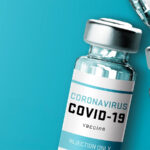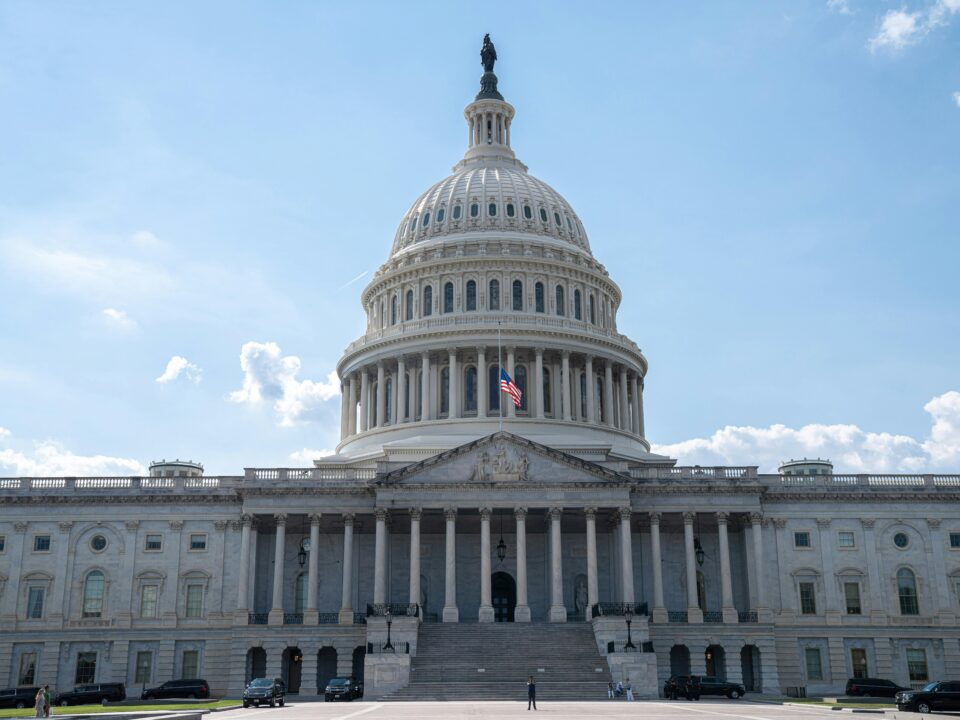
COVID-19 Vaccination in the Workplace Forum

The Key to Success in Captive Insurance? Look to Vermont’s Well-Honed Regulation Infrastructure
Over the last year, the global Covid-19 pandemic impacted nearly every aspect of society. Although this crisis is far from over, with the passage of the American Rescue Plan, rapidly increasing vaccination rates and decreasing rates of new Covid-19 cases, there is a tangible sense of optimism that we may be rounding the corner. The businesses and startups that learn from this pandemic and adapt accordingly will be the ones that will thrive coming out of this crisis. One of the important lessons that businesses and startups should take away from this pandemic is the importance of trademarks.
In March 2020, businesses adopted new ways of operating and serving customers in response to conditions that made traditional shopping difficult. Due to consumer demand, many businesses provided new ways to purchase goods and services online. For instance, many consumers began purchasing their groceries online.
How did consumers know what they were purchasing in this new digital marketplace? Trademarks. A trademark is a word, symbol, slogan, design, or a combination of the same that distinguishes your good and services from those of your competitors and identifies the source of the goods and services themselves. For example, if a Burlington resident was on Instacart shopping for beer and saw an IPA labeled “CONEHEAD”, you would very likely know that IPA came from Zero Gravity in Burlington, Vermont. In a crowded craft beer market, a strong trademark helps local brewers stand out from the crowd.
Trademark owners have exclusive rights to use their marks in connection with their goods and services. A trademark owner can prevent others from using identical or confusingly similar marks on competing goods or services. Trademark rights are created automatically when a seller uses a mark on goods or services in commerce – registration is not required. However, registration provides a trademark owner with important benefits that enhance the value of your brand.
The main benefit from registering your mark with the U.S. Patent and Trademark Office (“USPTO”) is that your mark receives nationwide priority. Federal registration creates a legal presumption that you own the mark and provides the owner the exclusive right to use the mark nationwide on or in connection with the goods/services listed in the registration. In contrast, state registration only provides rights within the borders of that state and common law rights are limited to the geographic area where the mark is used.
A trademark may be registered with the USPTO if it is distinctive, which determines, in part, the strength of the mark and the degree to which it can be protected. Trademarks are categorized into one of five categories of distinctiveness, from least to most distinctive: (1) generic; (2) descriptive; (3) suggestive; (4) arbitrary; or (5) fanciful. A generic mark receives no trademark protection because it is a generic term for a general class of goods or services. Suggestive (e.g. Airbus), arbitrary (Apple – for computer products) and fanciful (e.g. Kodak) marks are inherently distinctive and more likely to receive trademark protection. A descriptive mark must establish that it has acquired “secondary meaning” – that it “has become distinctive of the applicant’s goods in commerce” – to receive trademark protection. 15 U.S.C. §1052.
As we build back better, businesses should spend time to evaluate their branding and what they can do develop a distinctive brand that can help consumers find what they are looking for quicker in a crowded and rapidly changing marketplace. One way businesses can strengthen their brand is by obtaining federal trademark protection.




